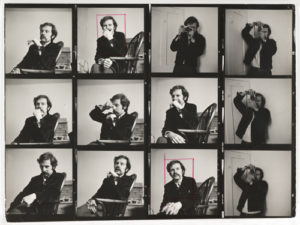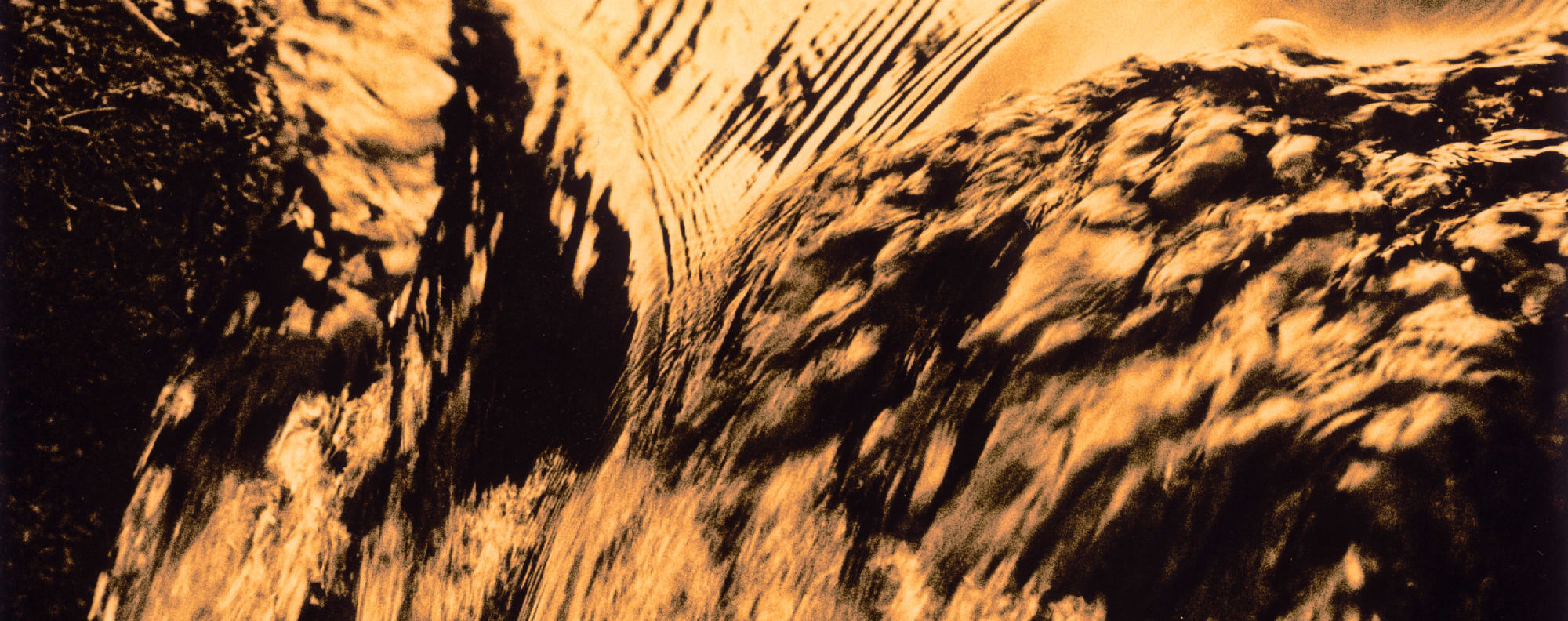Peter Turner of Creative Camera remembers how Tony looked with admiration at a copy of Minotaure. the Surrealist art magazine of the ‘thirties. While he particularly admired the layout, it was not only that, it was the atmosphere – the atmosphere to be found in the photographs of Brassai and Kertesz – that somehow expressed the essence of the time. ‘This is what we’ve got to get going now‘ was his opinion. But it is also the reason that his pictures will last. For they, too, magically preserve the essence of his own time.
Tony Ray-Jones, born in Wokey Wells, Somerset, 7 June 1941, was christened Holroyd Anthony Ray-Jones. Holroyd is a family name and was taken from his godfather and uncle but Tony preferred always to use his shortened second name. His father. a distinguished painter and etcher, died when Tony was eight months old. His mother – incidentally she is an intrepid traveller in later life who thinks nothing of going by bus to India, or taking the Trans-Siberian railway to Peking, or voyaging the length of the Nile as a venture – found herself with three boys to bring up on the vestiges of an artist’s income. She says that she could not have done it without the help of the Artists’ Orphan Fund. This is a fund administered by the Artists’ General Benevolent Institute. The name sounds somewhat forbidding but she says that, on the contrary, she found them sympathetic, interested and understanding and is still full of praise for the help they gave her.
His father, Raymond Ray-Jones, was a Lancastrian who had gained a Royal Exhibition to the Royal College of Art and went later to the Academie Julian in Paris. A self-portrait done as an etching in Paris in 1911 is potent and revealing. It has the finesse and force of the best kind of portrait and, one is tempted to add, of the best kind of photograph as well. Colnaghi, who then dominated the market for etchings, only allowed 50 copies to be·made before the plate was scored through. Paintings and prints of his are held by the Print Room of the British Museum, the Victoria & Albert Museum and Trinity College, Cambridge. His paintings of France, notably of Provence, are full of acutely observed detail, ambience and warmth. In an entirely different medium and in another mode Tony exhibited precisely the same three qualities in his photographs.

Compassion and humour were features of Tony’s character all through his short life. But a radical streak later developed which made him want to resist all forms of injustice. He was. in fact. a born Socialist – in the true sense of that over-fingered word. Anna, who first met him when he was twenty-five said that, at that time, he was largely apolitical but was becoming increasingly aware of political issues. While he moved increasingly to the left in his ideas. becoming more and more radical during the last five years, he could always appreciate that the anarchy of the Marx Brothers was in its own way as potent and valuable as the teachings of Karl Marx. Above all, Tony was for people, for the victimized, for the oppressed, for the underdog whoever he was and wherever he might be found. Ernest Cole’s The House of Bondage, for instance, was a book that deeply impressed him.
He went to school at Christ’s Hospital. According to his friend David Burch something in his background drove him to be very nervous about failing and not making the grade. ‘I gather that at school·he felt himself something of a misfit. He would argue fluently with lecturers about his work and at one stage he was so depressed about it that his mother had to enquire for him if his progress was worthwhile. The reply was that his work was very good and this seemed to give him confidence.‘ David Burch has this to say about their time together at the Lonqon College of Printing where he first met Tony in 1957. ‘The School was then situated at Back Hill, Clerkenwell, opposite the Old Holborn Tobacco Factory. During the lunch hours we would sometimes wander down Leather Lane and watch the stall-holders and listen to their sales talk. The training at the School was split into two within the Design Department and at a certain stage one could opt to train as a Typographic Designer or as a Commercial Designer. Tony took the Commercial course.
